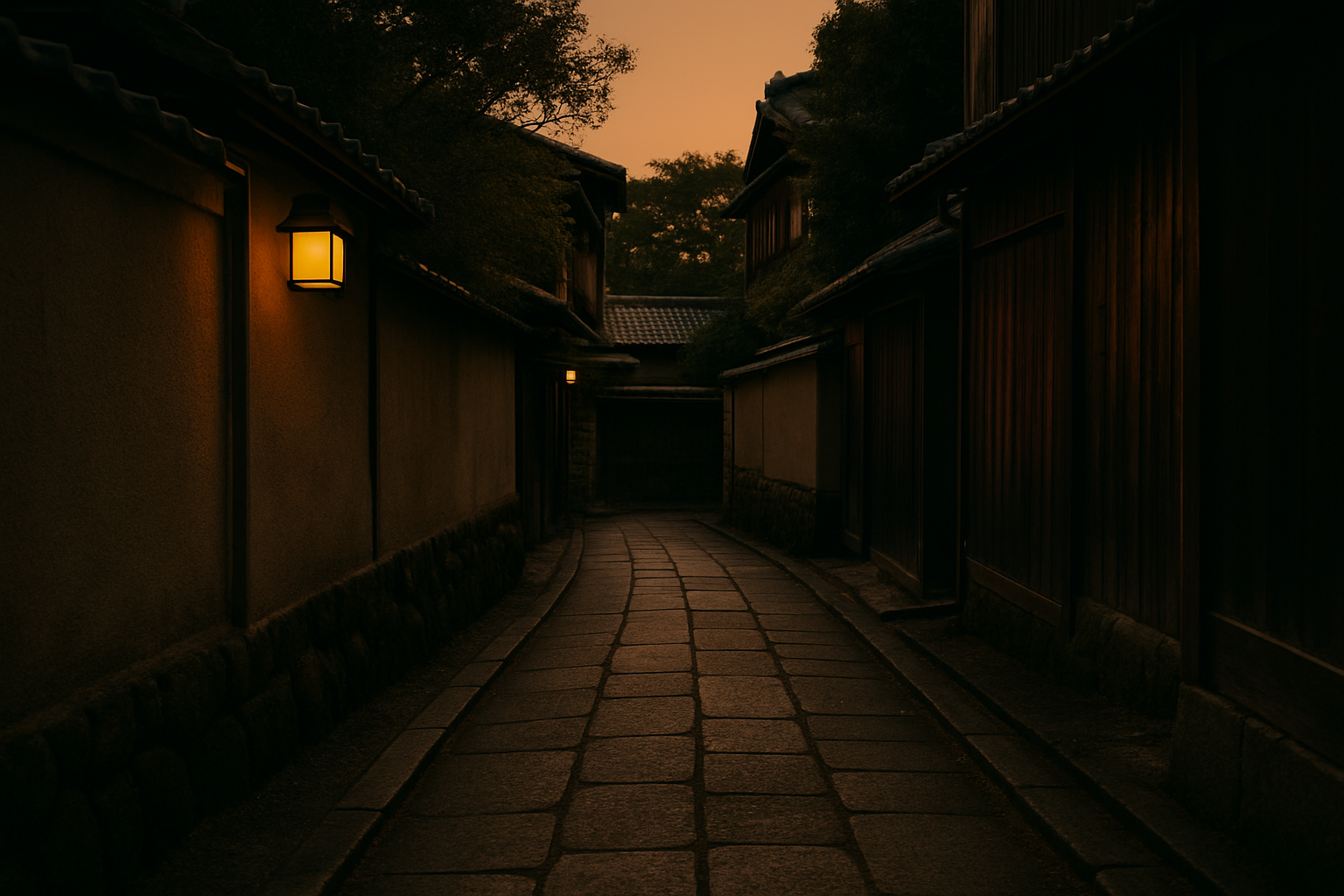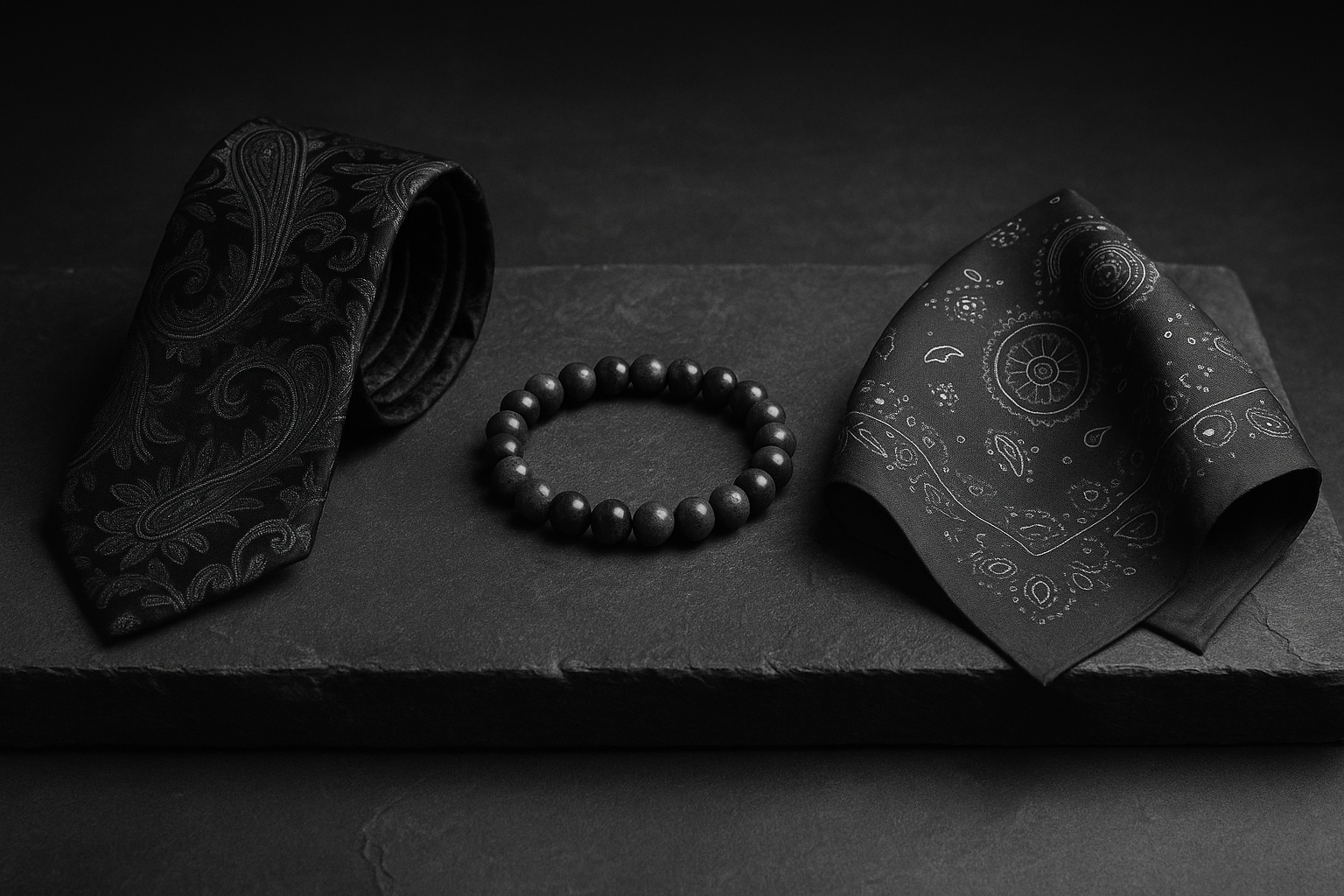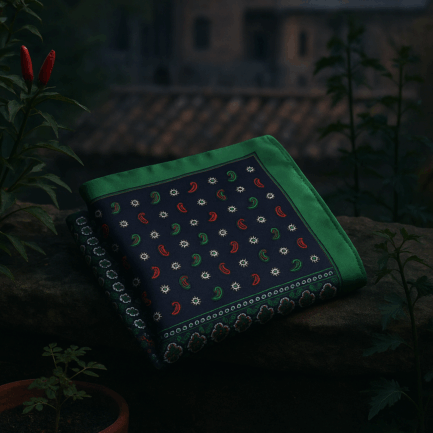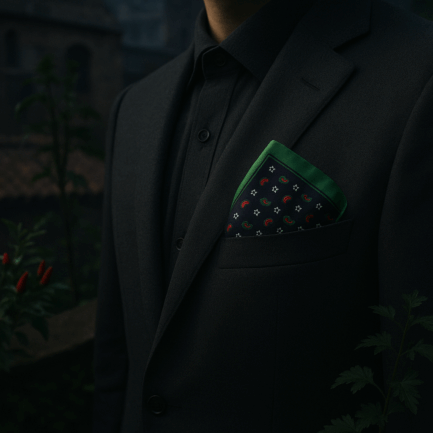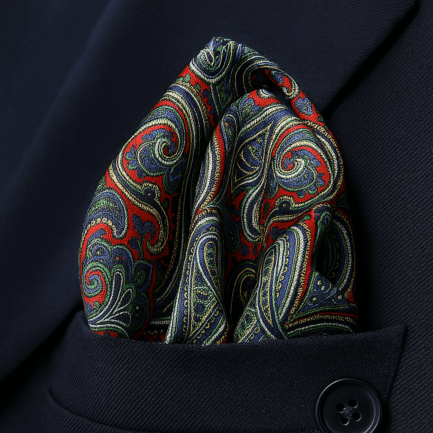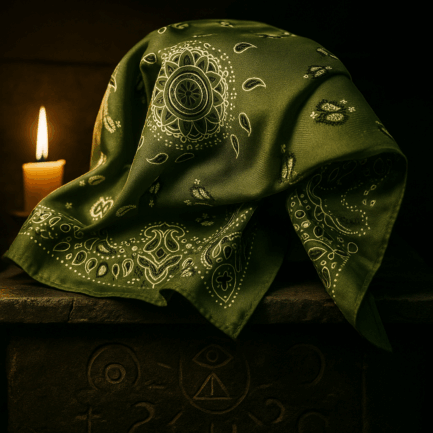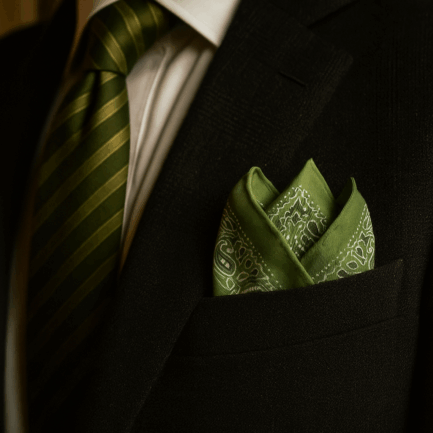Silence is not always empty.
Stillness is not always still.
And absence is not always lack.There is a shape to space.
A meaning in pause.
A truth in the in-between.In Japan, this is called Ma (間).
Often translated as “negative space,” but that’s misleading.
Ma isn’t a void.
It is a vessel.It’s the breath between notes.
The pause before a reply.
The gap that makes form legible.Ma is not what’s missing.
It’s what makes meaning possible.
Ma in Language: The Power of the Pause
In Japanese speech, silence is grammar.
A hesitation might say more than a sentence.
A gap in a conversation becomes a presence in itself.
Where Western dialogue fills,
Japanese dialogue often waits.
Ma is the trust that the listener will enter the pause.
Not to interrupt;
But to feel.
It’s not about saying less.
It’s about listening more.
Architecture: Framing the Void
In traditional Japanese homes, space is sacred.
Shoji screens filter light instead of blocking it.
Tatami mats create rhythm on the floor.
Alcoves (tokonoma) display a single object—not for decoration,
but for meditation.
These spaces breathe.
They do not impose.
Western architecture often asserts presence.
Japanese architecture invites it.
Ma is the room within the room.
The feeling between walls.
The margin that makes the structure human.
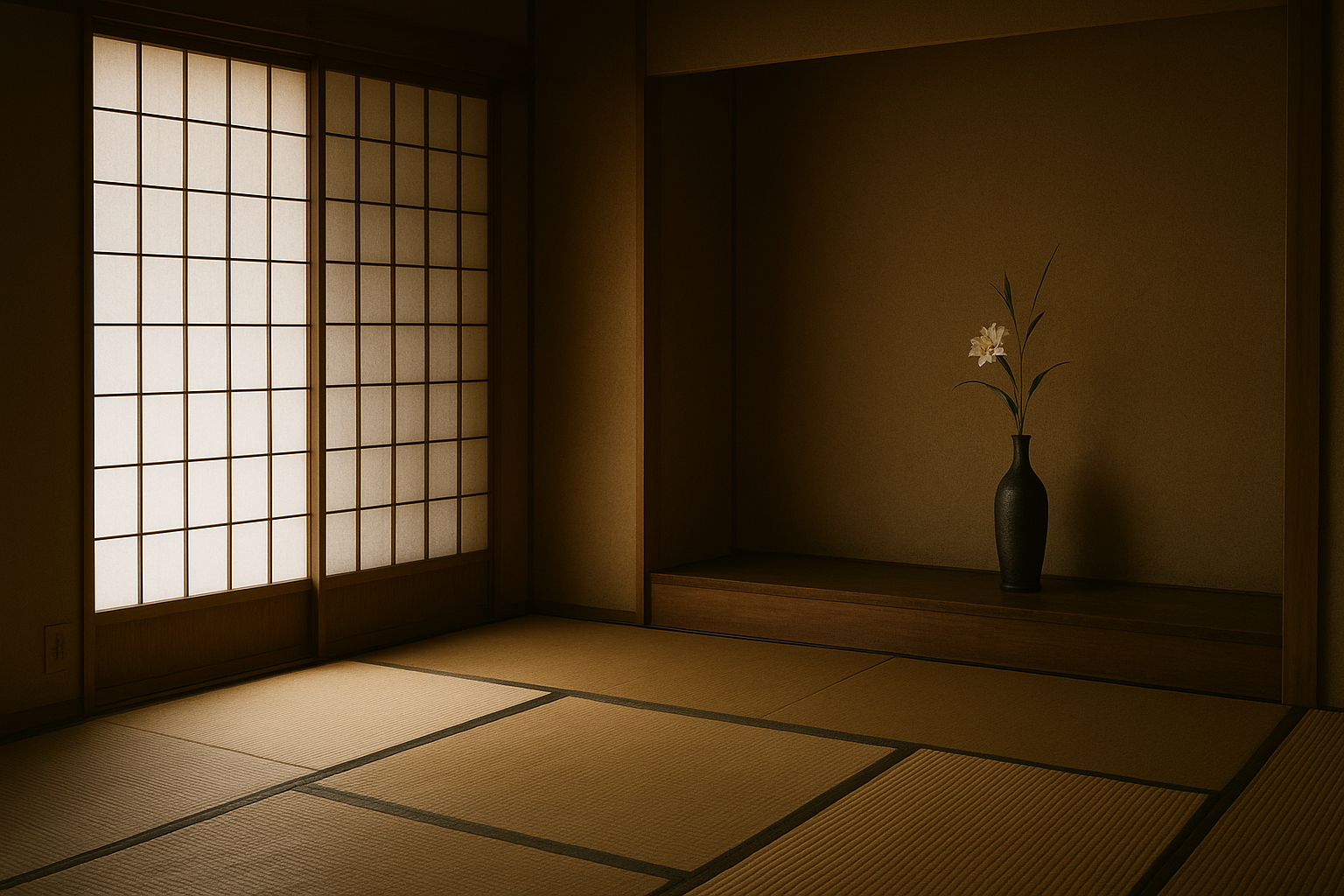
Sound and Music: Notes That Float in Air
A single strike of the shakuhachi flute.
Then,
nothing.
The silence that follows is not absence.
It is resonance.
Ma in music is the space that makes a note matter.
Without pause, sound becomes noise.
Traditional Japanese compositions leave space around each sound,
allowing the listener to inhabit it;
as if stepping into a temple between tones.
Ma is not filler.
It is form.
Dressing the Gap
What does Ma look like in what we wear?
It’s the extra inch of sleeve.
The looseness in the collar.
The space between elements; cuff and watch, tie and lapel.
It’s a monochrome outfit
that whispers through contrast in texture, not color.
It’s a deliberate asymmetry
that suggests movement, not imbalance.
To dress with Ma is to know restraint.
Not as limitation;
but as depth.
At 1984.black, We Leave Space for Meaning
Our designs don’t shout.
They wait.
The slight sheen of silk beside matte wool.
The whisper of incense from an unmarked box.
The silence of a piece that says only what it needs to.
We do not fill every inch.
We carve space for thought,
gesture,
and ambiguity.
To wear 1984.black is to carry presence in pause.
Hidden Facts & Lesser-Known Connections
- The kanji for Ma (間) combines the symbols for “gate” and “sun” light shining through a gap.
- Ma appears in Noh theater, where slow movements and silence create emotional tension.
- In Japanese gardens, empty areas are carefully planned to highlight the form around them.
- In calligraphy, Ma is the unmarked paper; it shapes the stroke.
- Ma aligns with wabi-sabi and Zen, where simplicity reveals truth.
Closing Reflection
We are so often taught to fill.
Fill time.
Fill space.
Fill silence.But there is another way.
A quieter way.To leave space is not to lose meaning.
It is to hold it more fully.
To breathe with it.
To become it.Some call it nothing.
We call it Ma.

